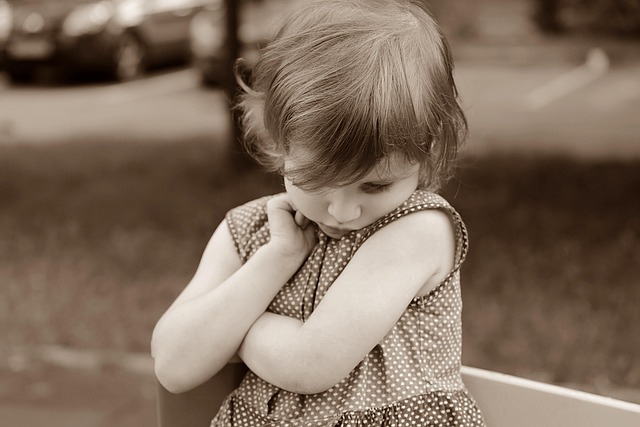
Overview of the Chapter
The chapter "Bholi" is a touching story from the CBSE Grade 10 English textbook Footprints Without Feet. It revolves around a young girl named Bholi, who faces numerous challenges due to her physical and intellectual limitations but ultimately finds her voice and strength through education.
Bholi: The protagonist of the story, a simple-minded and physically challenged girl who overcomes societal prejudices with the help of her teacher.
Summary
Bholi, whose real name is Sulekha, is the youngest daughter of Ramlal, a revenue officer. She suffers from a speech impairment and is considered mentally slow due to an accident in her childhood. Her parents are worried about her future, especially her marriage prospects. However, her life takes a turn when a new school opens in her village, and her father, under pressure from the village tehsildar, enrolls her.
Bholi's teacher plays a crucial role in her transformation. She encourages Bholi, helps her gain confidence, and teaches her to speak clearly. Over time, Bholi becomes more self-assured and begins to dream of a better future. However, her parents arrange her marriage to an older man, Bishamber Nath, who demands a dowry. At the wedding, when Bishamber humiliates her father for more money, Bholi refuses to marry him, shocking everyone with her newfound courage.
Key Theme: The story highlights the transformative power of education and the importance of self-respect and courage in standing up against injustice.
Characters
- Bholi (Sulekha): The protagonist, a girl who overcomes her fears through education.
- Ramlal: Bholi's father, a revenue officer who initially doubts her potential.
- Bholi's Teacher: A compassionate educator who helps Bholi gain confidence.
- Bishamber Nath: The greedy bridegroom who demands dowry and is rejected by Bholi.
Moral of the Story
The story emphasizes that education empowers individuals to challenge societal norms and fight for their dignity. Bholi's journey from a timid girl to a confident young woman showcases the impact of kindness and learning.
